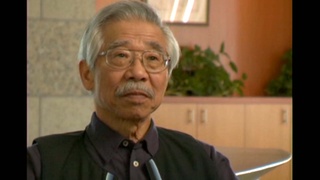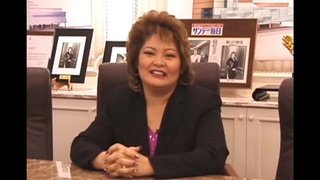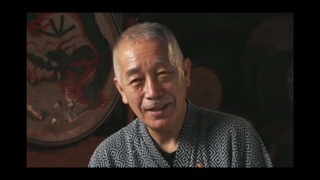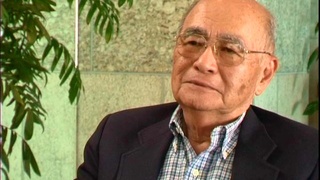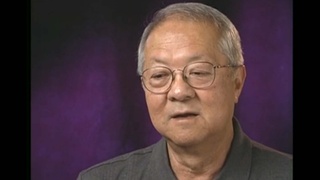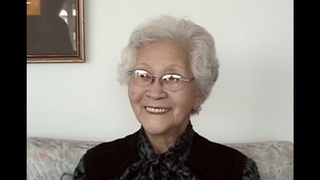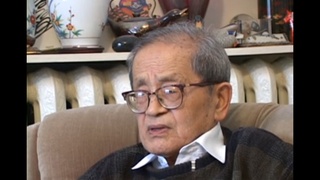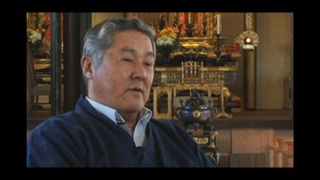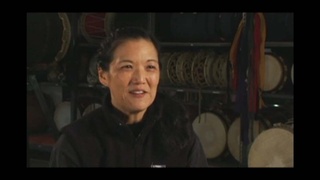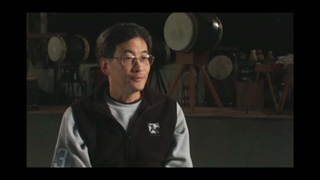Interviews
Japanese language is the important aspect to keep identity (Spanish)
(Spanish) The third generation I would say, after my grandfather, is that [generation] which returns [or seeks earlier generations]. My mother knows a little Japanese, because she lived there for a year. I speak to her in Japanese as a way to practice, but she responds in Spanish. I feel that there is a necessity of knowing, of understanding the other [culture, which is] much more present in me or in the younger generation than in my mother. It is not that she isn’t interested in learning more Japanese; [it’s just that] I believe her feelings of being Argentine run deeper. What’s more, she did not oblige me to study Japanese; I did it on my own initiative.
Date: July 12, 2006
Location: Buenos Aires, Argentina
Interviewer: Takeshi Nishimura, Ricardo Hokama
Contributed by: Centro Nikkei Argentino

